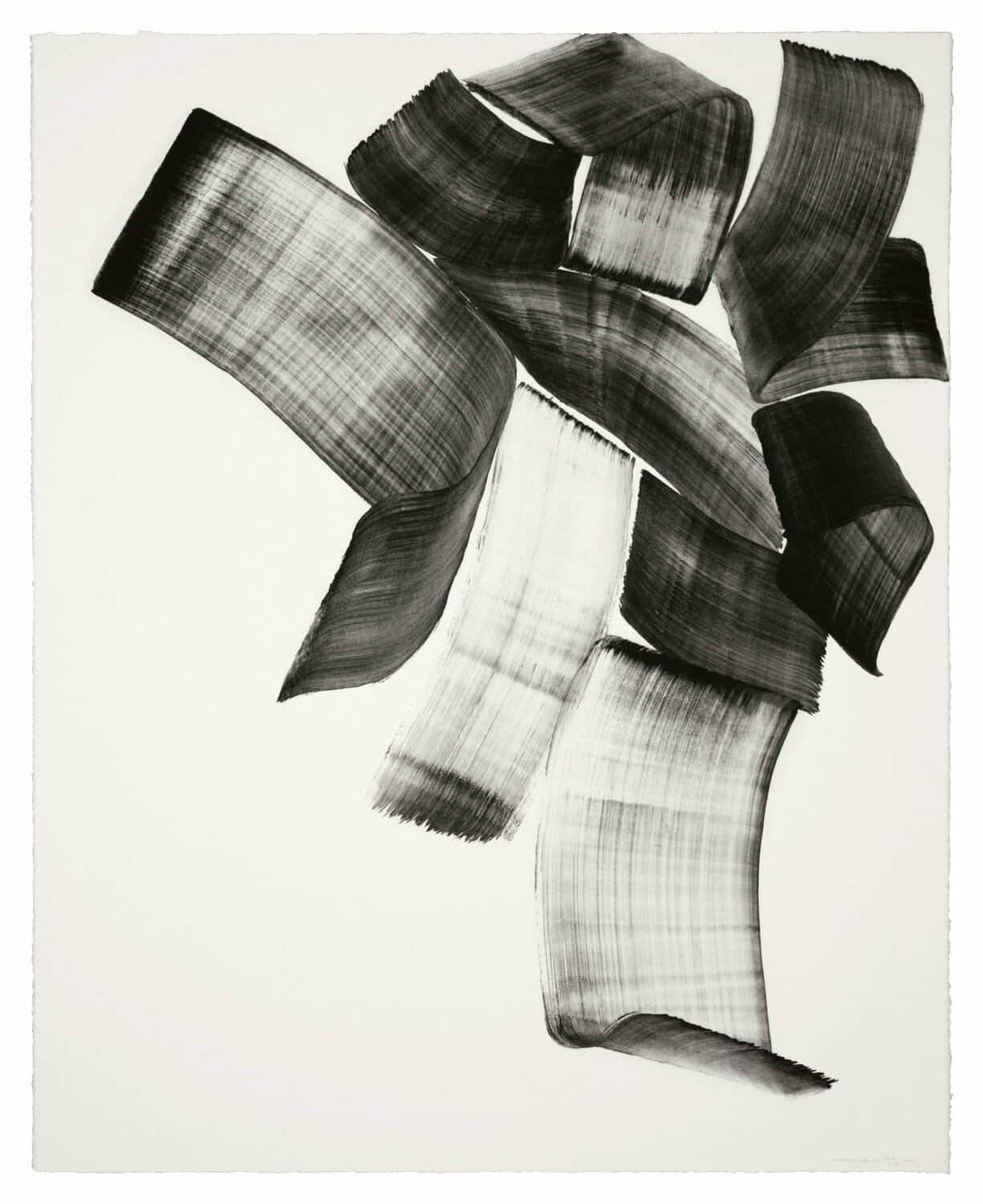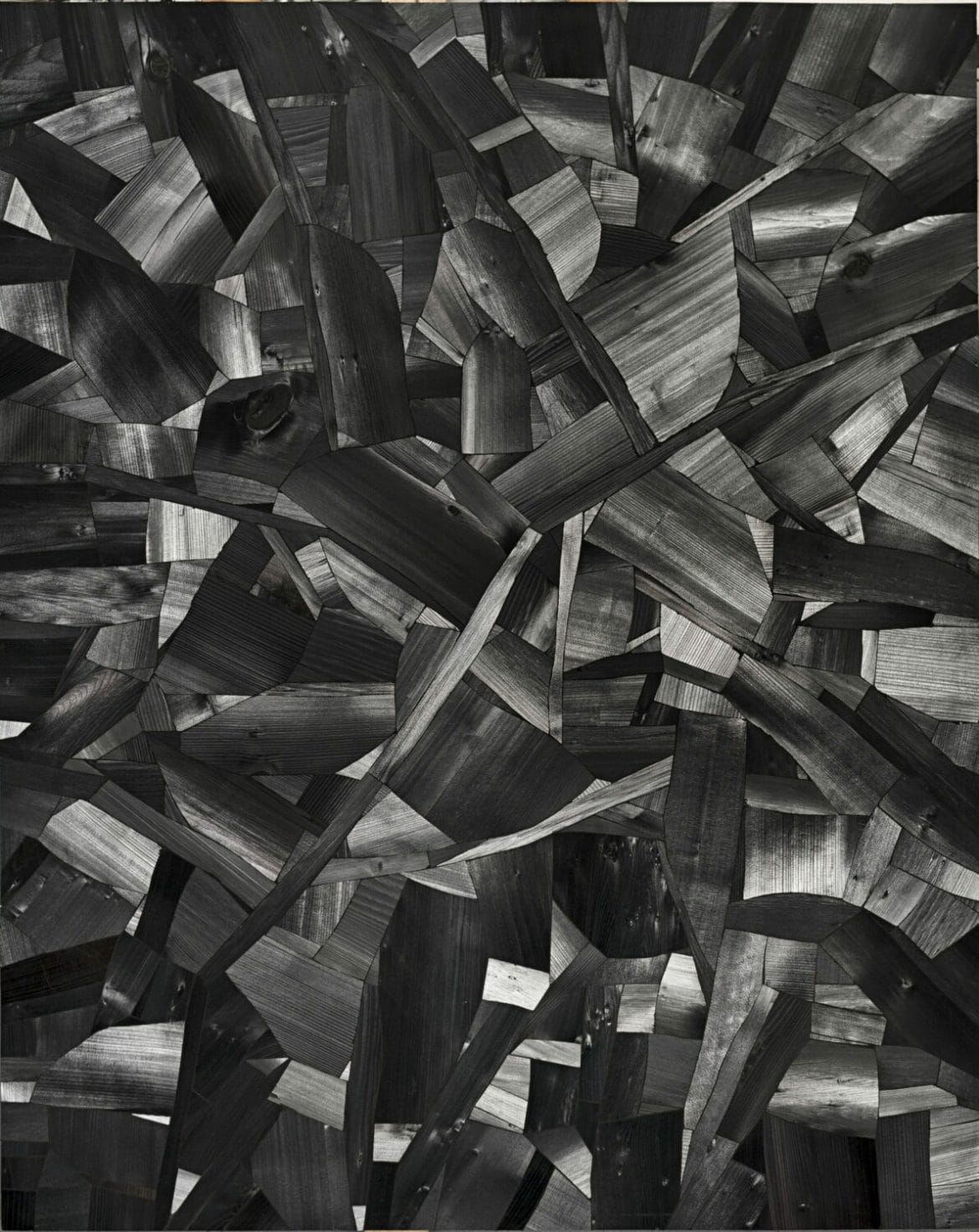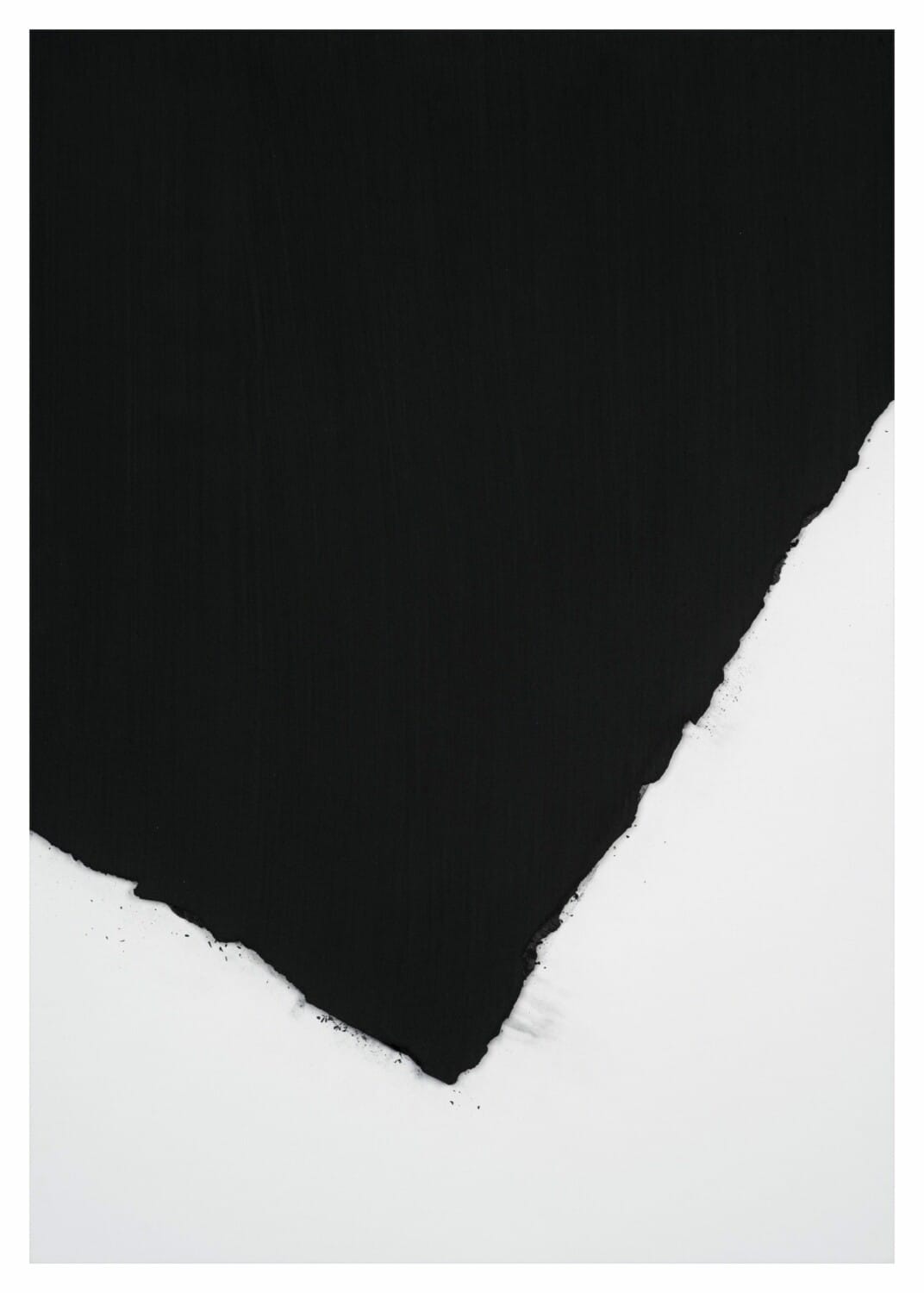Perrotin is pleased to participate in Art Basel Hong Kong 2021 edition with two solo presentations of the prominent Korean artists, Kim Chong-Hak and Lee Bae.
The essence of Kim Chong-Hak’s work lies within his experience in Mount Seorak in the northern region of South Korea. In its wilderness followed by the dynamic temporal cycle and the impression of the bare nature it provided him, Kim’s work displays the life of each subject as it entangles, overturns, and battles one another to boast its individual existence. The artist pours, splashes and slathers paint onto the unstretched canvas to recreate the impression of life. In his rapid, gestural marks layered with his hands and brushstrokes, Kim presents a distinct, personal experience of the world. Although the source of his inspiration is nature, particularly the native flowers that he encountered in Seorak, Kim rearranges and composes them to translate these powerful impressions into flourishing colors onto the canvas.

In the works shown for this year’s edition of Art Basel Hong Kong, Kim Chong-Hak’s continuation of his long practice as the painter of wilderness is evident. The painted subject stares back directly at the viewer, forming an equal relationship, much unlike the usual expectation for a still life. It emphasizes the presence, the realness, and autonomy of each of the subjects. Rather than a direct replication of reality in Plein-air, the artist absorbs the visual and emotional impression that nature provided him, which Kim traces back then bursts onto the canvas. They are, in a sense, a portrait of Kim’s impression of each flower.

In Lee Bae’s practices, charcoal has figured prominently since the artist first moved to Paris in 1990s. Born in South Korea and now working between Paris, Seoul, and Cheongdo, his hometown, the artist’s aesthetic, materialistic and philosophical exploration into charcoal draws out new contexts and narratives that the material has on offer. Following several years of contemplation, Lee attempted to translate and review the classical practices of Korean calligraphy with a contemporary perspective to explore the direction of his own work. He realized that calligraphy traveled beyond its created timeframe and shifted its meaning by projecting the viewer’s cultural understanding, suggesting a new paradigm in life. Using powdered charcoal, a residue of Lee’s labor-intensive practices, Brushstroke is an extension of his search into his personal and artistic self, an attempt to communicate with viewers of all culture and time through gestural remarks that cannot simply be restricted as a Western nor an Eastern practice.

Lee’s journey with charcoal first began as an accessible and affordable material. As he continued to explore and enhance his understanding of the medium, the artist encountered the narrative and historical references that charcoal retained. Through Issu du feu and Landscape series, Lee takes a careful look into the powerful essence, its materiality, and the cycle of life and death that the material possesses. Charcoals produced in Lee’s kiln in Cheongdo are composed onto a canvas, which are then endlessly polished to become Issu du feu. The dense mass of polished charcoal shards finally reveals its immeasurable shades and spectrums of blackness, indeed, as Lee often describes – black possesses all colors. In Landscape, the compressed mass of charcoal appears to be floating or clashing into the void. The juxtaposed dense blackness with the blank background creates an indelible imprint to its counterparts, emphasizing the materiality of charcoal. Through the in-depth exploration of this ancient matter recognized in the Eastern context to defend and protect against evil spirits, Lee hopes to provide a resting place, to provide purification in this unsettling world.

